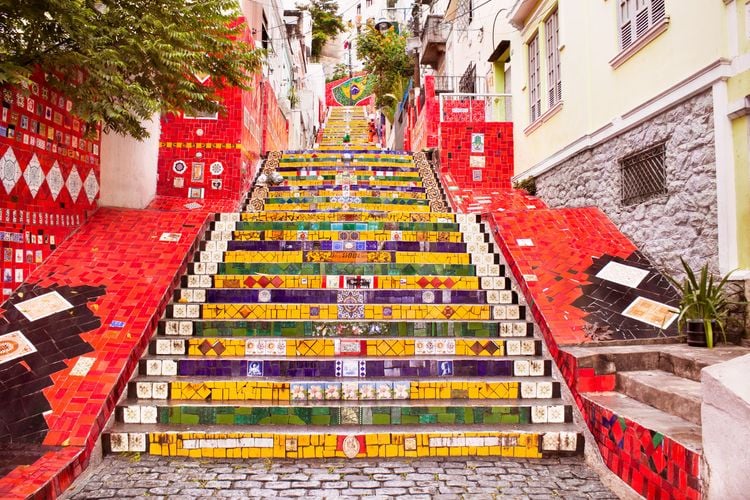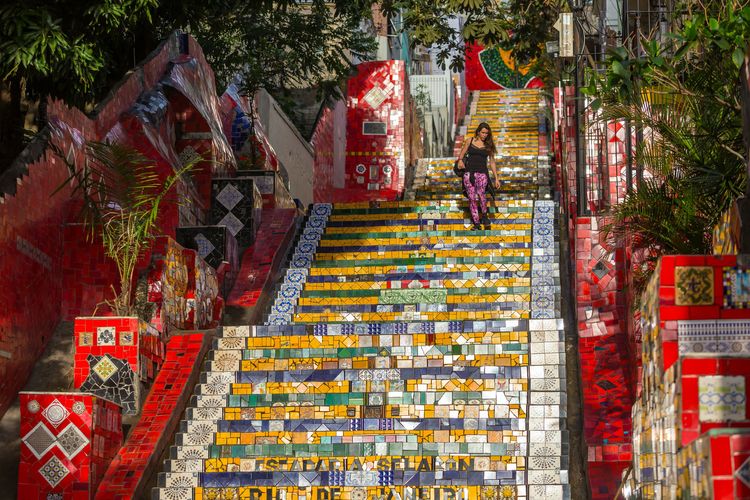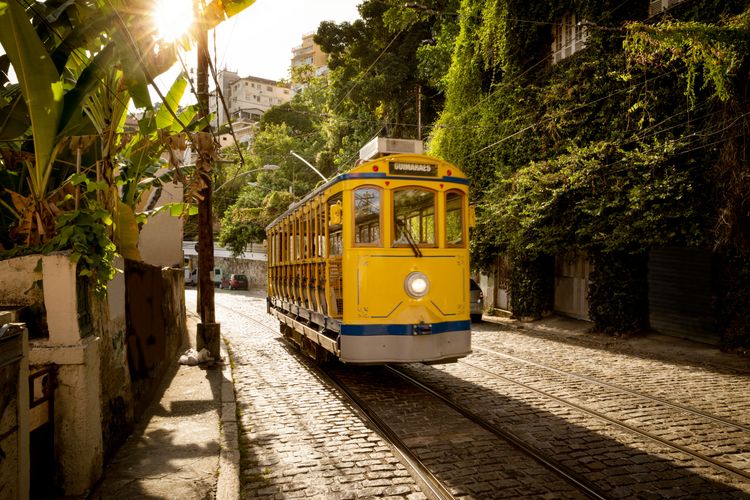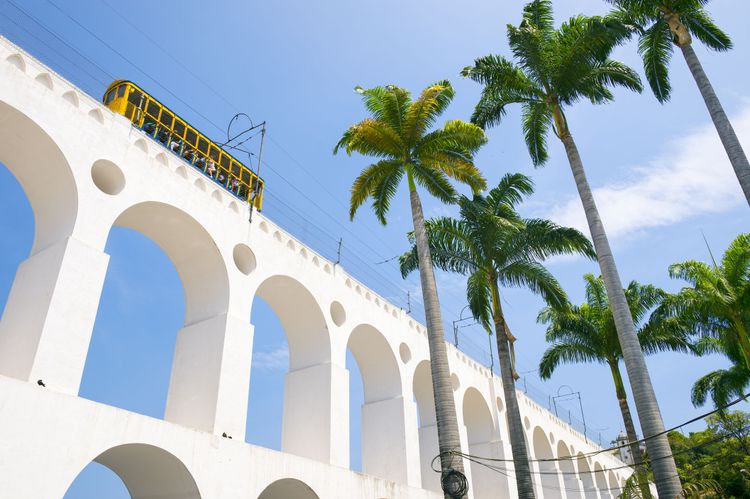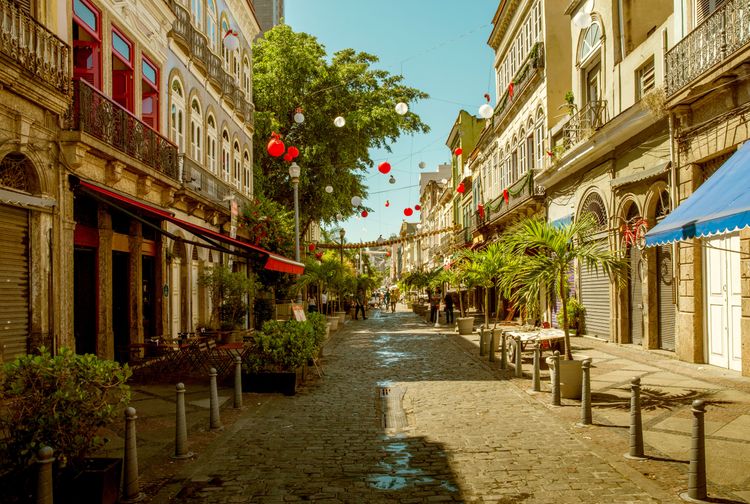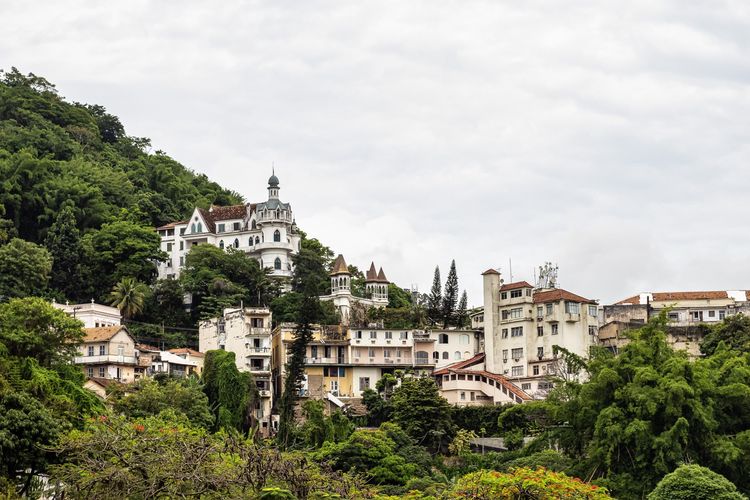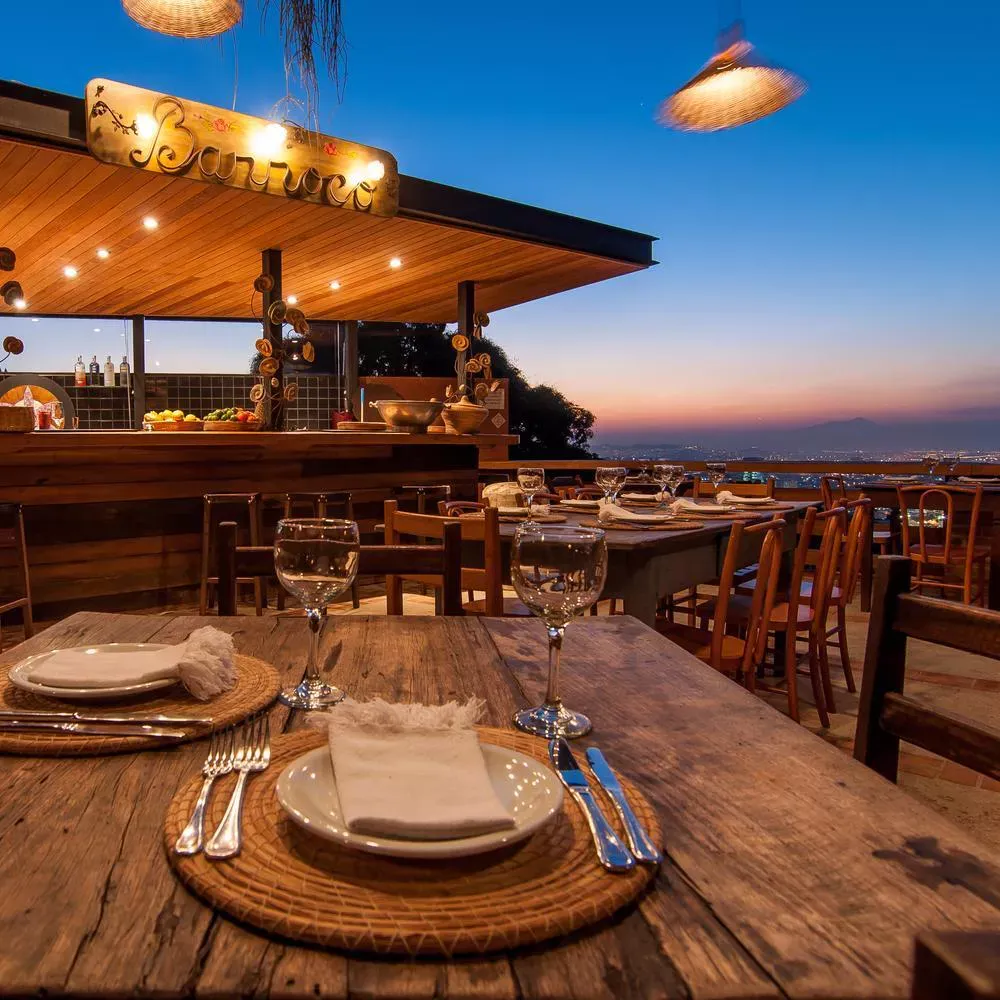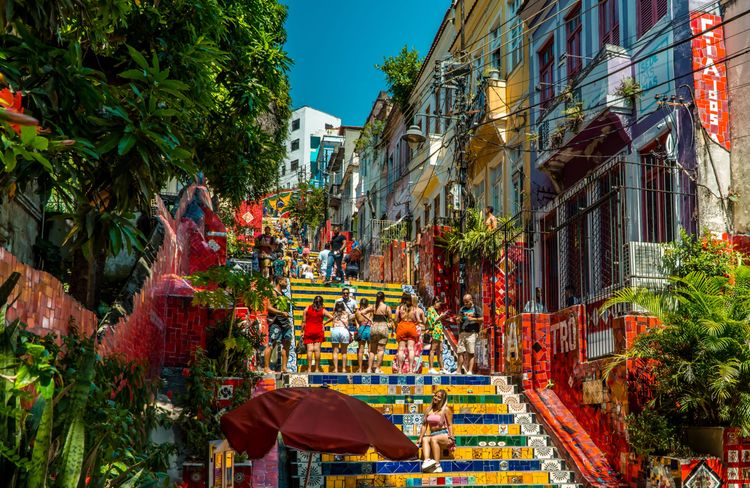Renovation of the stairs began in 1994 for the football World Cup, but the project soon became an obsession for Chilean Jorge Selaron. For him, it was an opportunity to pay tribute to the Brazilians, whom he adores. Having settled in the city in the 1980s, this Carioca by adoption went to construction sites to find the tiles that today form the giant mosaic on rue Manuel Carneiro.
He mainly chose the colours blue, green and yellow, a tribute to the colours of the Brazilian flag. The work became a worldwide symbol of the unity of peoples and nations. Jorge continued to collect cobblestones every day, transforming them into tiles for his work of art. He received hundreds of them from numerous travellers. Almost 30 years later, the 215 steps are now covered with souvenirs and finds from over 120 countries.
Selaron saw his masterpiece as the passers-by who climbed up and down his steps: constantly evolving. He therefore declared that "this crazy and unique dream would not end until the day (he) died". In 2013, he was found lifeless on the steps of his beloved staircase. The circumstances of his death remain a mystery... Those close to him say that he was depressed, but an interview with the ceramist in the Brazilian newspaper "O Globo" published on the day of his death casts doubt on the suicide theory. The artist was apparently receiving death threats from a former colleague.
